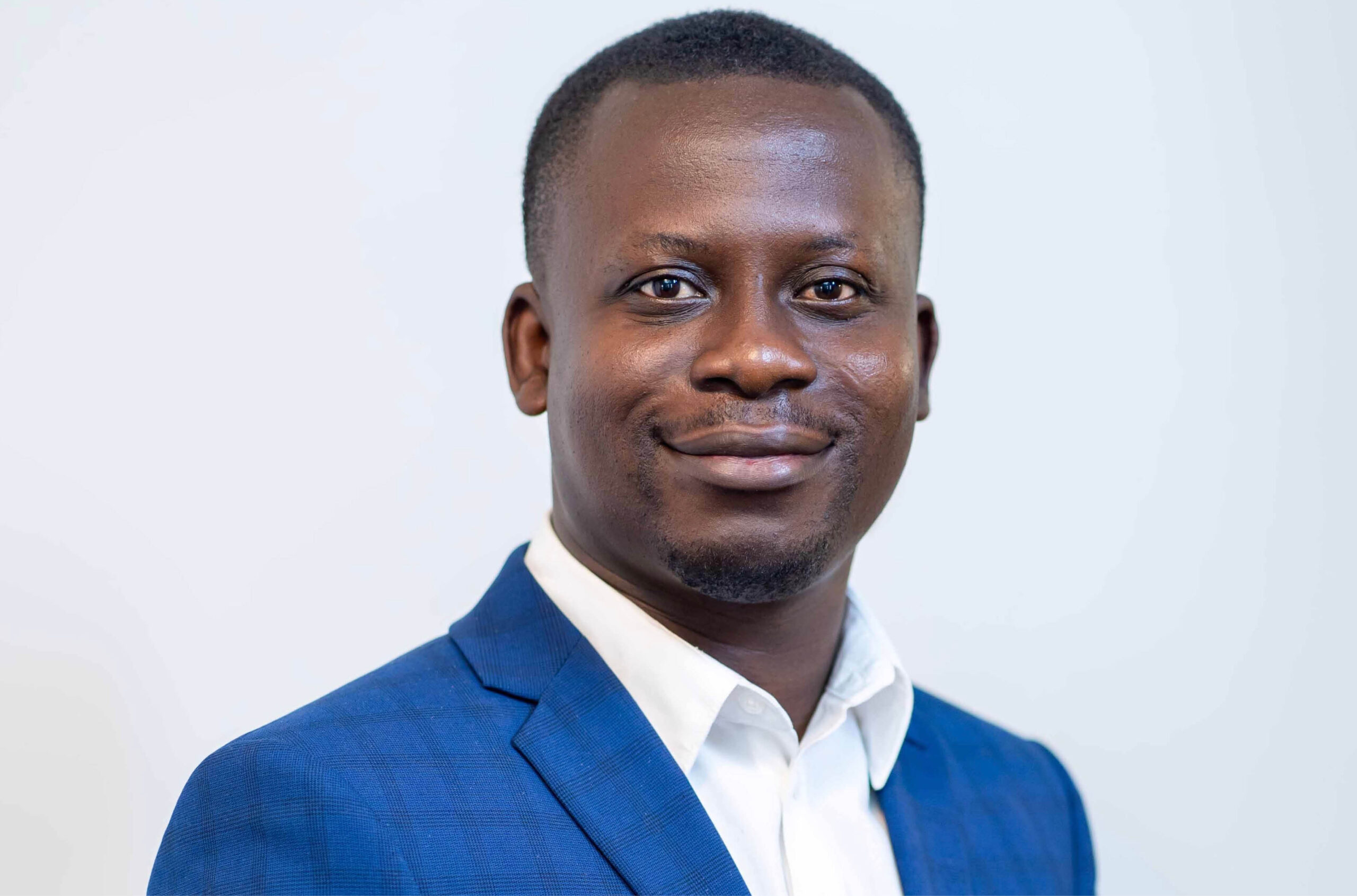Co-designing the curriculum
In the Students as Partners approach, instructors collaborate with students to develop a university course.

Despite it being her first year at Bishop’s University, Sonoma Brawley has already helped five different faculty members improve their course design.
The music undergraduate is a student consultant for the Bishop’s Online Learning and Technology Consultants (OLTC) Program, which partners faculty with students to co-design or redesign courses. “We work with them to do a needs assessment to see what they’re looking for and how we can help them,” says Ms. Brawley. The program was suggested to Ms. Brawley by one of its co-founders after she participated in a summer institute. “I was really looking forward to learning about how professors set up their courses and to be there to help and listen and redesign,” she says.
Like many universities across Canada, Bishop’s had to do some major pivoting in the spring of 2020 when everything transitioned online. A small group of collaborators decided to see the challenge as an opportunity and create a program they hoped would not only harness technology but ultimately transform learning in the long term. Jessica Riddell, a professor of English and the Stephen A. Jarislowsky Chair of Undergraduate Teaching Excellence at Bishop’s, co-founded the OLTC program with Scott Stoddard, manager of IT client services, and undergraduate student Georges-Philippe Gadoury-Sansfaçon, who at the time was vice-president of academic affairs for the Bishop’s University Students’ Representative Council.
“We were already having conversations about the difference between transactional and transformational learning. What are the design principles? How do we do it? How do we partner with students?” says Dr. Riddell. “COVID was a kind of accelerant.” She says they wanted to try “something different.”
“You become so fluent in your discipline that you forget why some things are hard, and students don’t forget that because they’re moving through it right there, right then.”
The OLTC program is rooted in a Students as Partners (SaP) model, which places students as active participants in their learning and as collaborative and equal partners. The model has been applied to areas that include research, teaching, assessment, scholarship of teaching and learning and curriculum design. While some faculty may have been under taking similar practices in the past, SaP as a field of research came to prominence about 10 years ago, primarily among academics from the United Kingdom, Australia, Canada and the United States.
Officially launched in June 2020, the OLTC program has three primary goals: assist Bishop’s faculty members in adapting to new teaching contexts; provide students with work-integrated learning experiences and skill development; and reimagine the 21st-century classroom with students as key collaborators in the design of their learning and university experience. The program hires students as consultants, with a preference for candidates demonstrating strong social and emotional skills, such as communication, time management, creativity and curiosity. Students must also be enrolled full-time at Bishop’s. Once hired, students receive training over five to six weeks in pedagogy, technology, critical reflective practice as well as equity, diversity, inclusion and decolonization. Next, the students are formed into small working groups and matched with faculty mentors, “which is basically just a testing zone,” says Ms. Brawley. “[This year] we got to collaborate with professors who had already gone through the OLTC program and we kind of got to dip our toe in the water about what our work would be like. Then we were assigned new professors to work with.”
Students are usually matched with faculty, who have signed up for the program, in a similar academic field to their own. For example, all the courses Ms. Brawley has worked on are in the humanities. “We might help redesign a syllabus to make it more accessible or give recommendations on how [a professor] should set up their online class, like adding a wellness statement to show students that their mental health is respected and appreciated,” says Ms. Brawley. “We say that clarity is kindness, so [that means] making sure everything is easily accessible and clear to students.” The decision over what recommendations to follow is left to the faculty member. She adds that the student consultants are expected to work about 10 to 15 hours week and are paid $14.50 an hour.
Peter Felten is the executive director of the Center for Engaged Learning and assistant provost for teaching and learning at Elon University in North Carolina. He has been a prominent contributor to SaP research and practice for over a decade and is currently a Fulbright Canada Distinguished Chair in the Scholarship of Teaching and Learning at Carleton University. Dr. Felten says the key to student-faculty partnerships is “to recognize that different people bring different expertise and different perspectives into those conversations. We’re not asking a first-year undergraduate: what do you think organic chemistry should be about or what should the content of an organic chemistry course be? That’s not where their expertise is. But the students know a lot more about being a student right now than we do and they understand the curriculum in ways that we really don’t.”
“I think it takes a little bit of effort and reflection on both sides to really see this as a different relationship from a traditional academic mentorship and to see it as a partnership.”
Dr. Felten says that one area in which students are particularly insightful is what he calls “our expert blind spots.” “You become so fluent in your discipline that you forget why some things are hard, and students don’t forget that because they’re moving through it right there, right then,” says Dr. Felten. H e says students can also provide valuable insight into their experience of being on the receiving end of a program’s integrated curriculum – or non-integrated curriculum in some instances. “I might be a really creative faculty member and do really innovative teaching and what I don’t realize is that four of my colleagues are doing the exact same thing,” says Dr. Felten. “One of the first course design groups I was involved in [at Elon], the students were like, ‘Oh my God, not another journal assignment.’”
The SaP approach has gained traction at several Canadian universities in recent years, with programs varying from institution to institution. Carleton, for example, launched its SaP program in January 2020. Instructors, librarians and teaching support staff are eligible to apply for funding for a course design project, with an identified student partner. “Effectively, over 500 courses have been influenced by the Students as Partners Program [at Carleton], which has absolutely blown our minds in terms of how it’s resonated,” says David Hornsby, associate vice-president, teaching and learning. The key to their success, he says, has been that they haven’t “over-engineered” the program. “We’ve said very clearly what the program is and what the program is not and said to our students and our instructors please go ahead,” he says.
The University of British Columbia launched its program in January 2022 and currently has two years of funding, during which time it plans to fund 40 projects. At UBC, “the projects are meant to be up to a year in length and meant to see students involved in all aspects of the course redesign process, from developing the ideas of what we’re going to do, helping to actually do that work, implementing the revised course and then gathering data as part of evaluating the impact outcomes of that redesigned course on learners. Then, hopefully, the last step is dissemination,” says Roselynn Verwood, strategist for the UBC program.
McMaster University was one of the first Canadian institutions to develop a SaP program and also publishes The International Journal for Students as Partners, which explores new perspectives, practices, and policies regarding how students and staff are working in partnership to enhance learning and teaching. The McMaster Student Partners Program was originally developed in 2013 in collaboration with the arts and science program and subsequently expanded to other disciplines. Now contained within McMaster’s Paul R. MacPherson Institute for Leadership, Innovation and Excellence in Teaching, the program operates on an award-based model, with project calls twice per year.
Kimberly Dej, vice-provost of teaching and learning at McMaster, was initially introduced to the program as a faculty member. “What I looked for [in a student partner] were the skills that were complementary to my own, so really looking at it as a partnership and identifying where I had gaps,” says Dr. Dej. “If I was putting together a project on visualizing science, I would look for a partnered student who brought in more of the humanities, the artistic perspective. In other cases, if I was bringing technology into the curriculum, I might look for a student that had skills where they were already using some of the technologies that I wanted to see in the classroom or had a range of technologies.”
She says she was initially surprised at how much she was learning from her student partners. “Sometimes as a faculty member, you forget that you’re always in the classroom, you’re always teaching, but it is absolutely fun to learn new things and to learn new skills,” says Dr. Dej.
Ms. Brawley has seen the impact of a SaP approach not only as a consultant, but as a current student in a class that went through it. “The main thing that I get out of it is that it’s super clear and super well organized,” she says. “Our online class space is well designed and accessible and there’s lots of language in there that has been designed for students. I think that [the OLTC program] gives teachers a different perspective, [and encourages them to be ] conscious and attentive to what we need as students.”
In its first phase at Bishop’s, the OLTC program hired and trained 23 students who helped 77 faculty members modify 132 courses. The following year, with funding from the Business + Higher Education Roundtable (BHER), the program was scaled across the Maple League of Universities, which includes Acadia University, Bishop’s, Mount Allison University and St. Francis Xavier University. While institutions’ approaches may vary slightly, they all maintain a three-person leadership team consisting of a faculty member, student and IT or educational technology champion, like the founding collaboration at Bishop’s. In 2022, the OLTC program was awarded a D2L Innovation Award in teaching and learning for its efforts. The award recognizes up to five postsecondary collaborative teams each year for innovative approaches that promote student-centred teaching and learning.
However, the initiative hasn’t been welcomed with open arms by everyone. After the success of the program at Bishop’s, Dr. Riddell says she thought the rollout to the Maple League would be easy, but not everyone was immediately on board. “I won’t name the institution but, when we scaled it across the four universities, I got an email from a faculty member who basically gave me an eight-page memo with footnotes about why students are not experts and they do not have mastery and they have no place in designing classrooms,” says Dr. Riddell. “But when we explain that students are not masters and experts of content and a disciplinary field but that they do have knowledge and expertise that they can share as learners, that convinced people who were otherwise not enthusiastic at the outset.”
For Dr. Dej, she found that it was the students who weren’t always prepared for the shift in the relationship. “They were expecting a mentorship relationship and it takes a little bit of time for them to see they do have skills, to be confident enough to share those skills and be a true partner in the program,” she says. “I think it takes a little bit of effort and reflection on both sides to really see this as a different relationship from a traditional academic mentorship and to see it as a partnership.”
Even if participants can adapt to the new relationship, funding can be a limiting factor in long-term planning. Toni Roberts, director of the Purdy Crawford Teaching Centre at Mount Allison, was involved in the rollout of the program across the Maple League. He also developed a for-credit course on teaching, pedagogy and technology that now forms part of the OLTC program. “We really would like to be more sustainable,” says Dr. Roberts. “I think it is important for institutions who are considering this to really think about sustainability. If they want to start a program like this, how do you actually make it sustainable? It needs resources,” he says.
Funding arrangements for SaP programs vary from institution to institution. At Carleton University, for example, the SaP program is fully funded by the university’s teaching and learning services. At UBC, their two-year funding arrangement is through the university’s Student Support Initiative, while at McMaster, the program is entirely supported by the MacPherson Institute. In December, the Maple League received a funding renewal from BHER to support the OLTC program’s continued expansion and development across the Maple League through the end of 2023.
Dr. Riddell hopes that the partnership approach exemplified within the OLTC program, as well as its inter-institutional collaboration, will be more broadly adopted. “I love that we had a creative concept and then were able to share that across four universities,” she says. “This program was audacious enough to imagine a reversal, or a reverse mentorship, where students led conversations,” says Dr. Riddell. “But, I have to tell you, it is transformative as a faculty member to be able to do that, to really sit with a willingness to transform together,” she says.
“I felt nothing but equal respect between the professor and us as students,” says Ms. Brawley. “I think the great thing about this program is that we are really redesigning and reimagining the postsecondary education system by bringing students into the conversation,” she says.













Post a comment
University Affairs moderates all comments according to the following guidelines. If approved, comments generally appear within one business day. We may republish particularly insightful remarks in our print edition or elsewhere.
2 Comments
The problem with these kinds of “reimagining” pedagogical exercises is that they cheat the process. Students take a crash course and “receive training over five to six weeks in pedagogy, technology, critical reflective practice as well as equity, diversity, inclusion and decolonization,” and then magically, they are somehow equal partners in designing a curriculum. That is a skill that takes 3-4 university degrees (10-12 years) and years of teaching. Students lack the inner knowledge, expertise, and degrees that are required to design a syllabus. Put simply, there is no fast-tracking this skill.
The relentless focus on pedagogic innovation is now starting to put huge pressures on institutional resources without any credible evidence of improvements in learning. It sure has a nice feel-good aura to it.
There are simpler ways of improving the curriculum, teaching techniques, learning assessments and feeback into ongoing improvements. The most basic teaching course will tell that students are partners in all aspects of teaching. So, then the only question left is making that partnership functional. And, one of the simplest ways of making it functional is improving the student and peer evaluation of teaching and integration of that feedback into next year’s teaching.
Baljit Singh
3M National Teaching Fellow (2009)